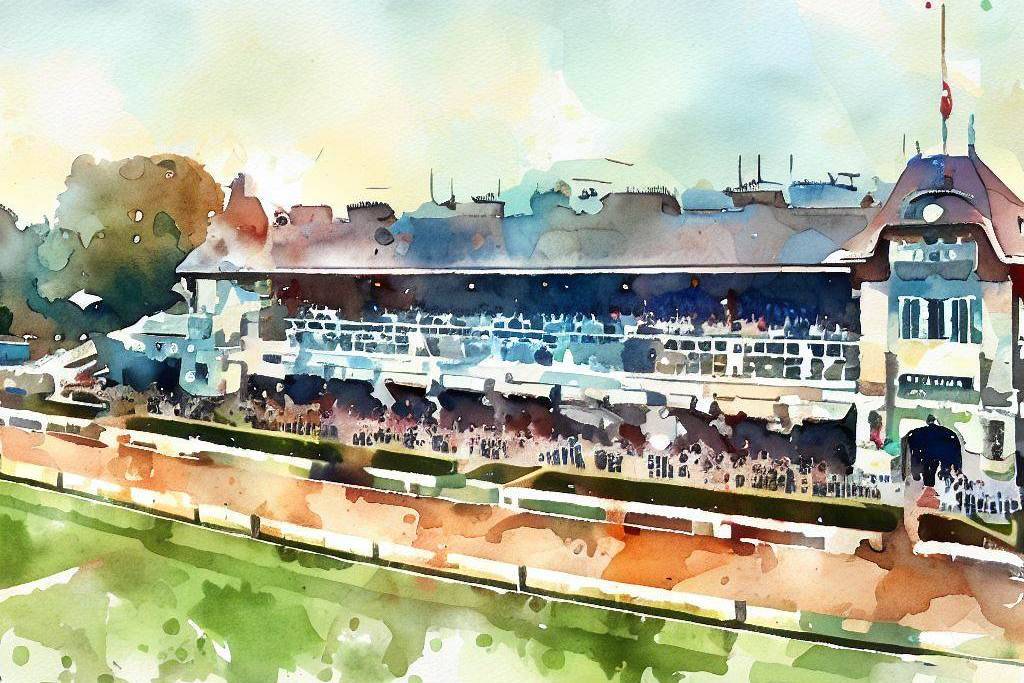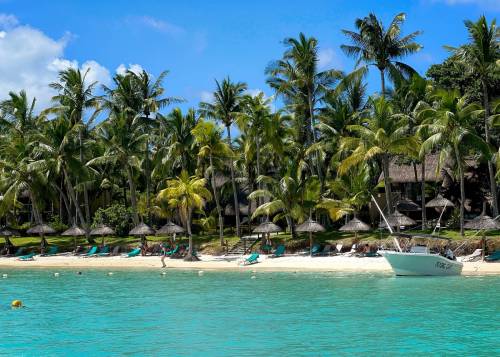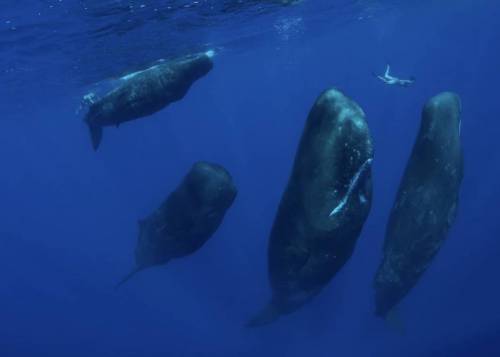Mauritius is a small island nation located in the Indian Ocean, and while it may not be as well-known as some other tourist destinations, it has a rich history and many unique attractions that make it a fascinating place to visit. In this article, we will explore ten little-known but impressive facts about Mauritius.
The oldest racecourse in the Southern Hemisphere
The capital city of Mauritius, Port Louis, is home to the oldest racecourse in the Southern Hemisphere, the Champ de Mars Racecourse. Established in 1812, the track still holds weekly horse races today and is a popular spot for both locals and tourists.
Dormant volcanoes
The island has several dormant volcanoes, the highest of which is Piton de la Petite Riviere Noire, which stands at 828 meters tall. While the volcanoes are not currently active, they are a reminder of the island's geological history and add to its natural beauty.
The rarest stamp in the world
Mauritius is home to the rarest stamp in the world, the "Post Office" stamp. The stamp was issued by the British colony in 1847 and is considered one of the most valuable stamps due to its rarity and historical significance. The stamp is believed to have been created after the colony's governor needed to send a letter, but did not have any stamps available. The governor is said to have cut the words "Post Office" from an envelope and stuck them onto a piece of paper, which was then used as the first Post Office stamp.
Only 26 "Post Office" stamps are known to exist today, with many of them being held by collectors or museums. In 1993, one of the stamps was sold for a record-breaking $3.8 million at an auction in Switzerland.
The rarest bird of prey in the world
The Mauritius kestrel is the rarest bird of prey in the world, with only around 400 individuals remaining. Once on the brink of extinction, the bird has been saved thanks to conservation efforts and can now be seen in some of the island's nature reserves.
Mauritius has no national anthem
Mauritius is one of the few countries in the world that has no national anthem. While the country does have a national song, "Motherland," it does not have an official anthem. This is a result of the country's complex cultural heritage, which includes African, Indian, Chinese, and European influences.
The lack of a national anthem is a reflection of the country's unique identity and its celebration of diversity. Mauritius has been recognized as a model for ethnic and religious harmony, with its people coming from various backgrounds and living together in peace and mutual respect.
The underwater waterfall illusion
Off the coast of Le Morne, there is a breathtaking natural phenomenon that creates the illusion of an underwater waterfall. The illusion is caused by sand and silt deposits that flow into the ocean and create the appearance of a waterfall cascading into the sea.
Largest open-air museum in the world
Mauritius is home to the largest open-air museum in the world, the Bois Chéri tea factory and museum. The museum is located in the southern part of the island and offers visitors a unique opportunity to learn about the history and culture of tea production in Mauritius.
The Bois Chéri tea factory was established in 1892 and is one of the oldest tea factories in Mauritius. The museum offers a fascinating glimpse into the tea production process, from the plucking of the leaves to the packaging of the final product. Visitors can also enjoy a guided tour of the factory, a tea tasting session, and a visit to the onsite restaurant, which offers panoramic views of the surrounding countryside.
The Creole language
The Creole language, which is widely spoken in Mauritius, is a unique blend of French, English, and African languages, and has its own distinctive grammar and vocabulary. While many tourists will find that English and French are also widely spoken, learning a few Creole phrases can be a great way to connect with locals and show appreciation for their culture.
The Spinner dolphins
Mauritius is known for its impressive and diverse marine life, including one of the world's rarest marine mammals, the Spinner dolphin. They are known for their acrobatic performances and ability to spin in the air, hence their name. They can be found in large numbers in the waters around Mauritius, particularly in the west coast of the island. Visitors can take boat trips to see these magnificent creatures in their natural habitat and witness their breathtaking aerial displays. The dolphins are a popular tourist attraction and are often seen frolicking in the waters, jumping and spinning in the air.
Mauritius' commitment to the conservation and protection of its marine life has helped preserve the Spinner dolphin population and other marine species. The country has established several marine parks and reserves, including the Blue Bay Marine Park, which is home to a variety of coral and fish species. These efforts have not only helped preserve the island's natural heritage but have also created new opportunities for sustainable tourism and eco-friendly activities.
The extinct dodo bird
One of the most famous facts about Mauritius is that it was the only known home of the now-extinct dodo bird. This flightless bird was endemic to the island and was famously easy prey for European sailors, who hunted it to extinction. While the dodo is no longer around, its image has become a symbol of Mauritius and can be found on many souvenirs and logos throughout the island.






